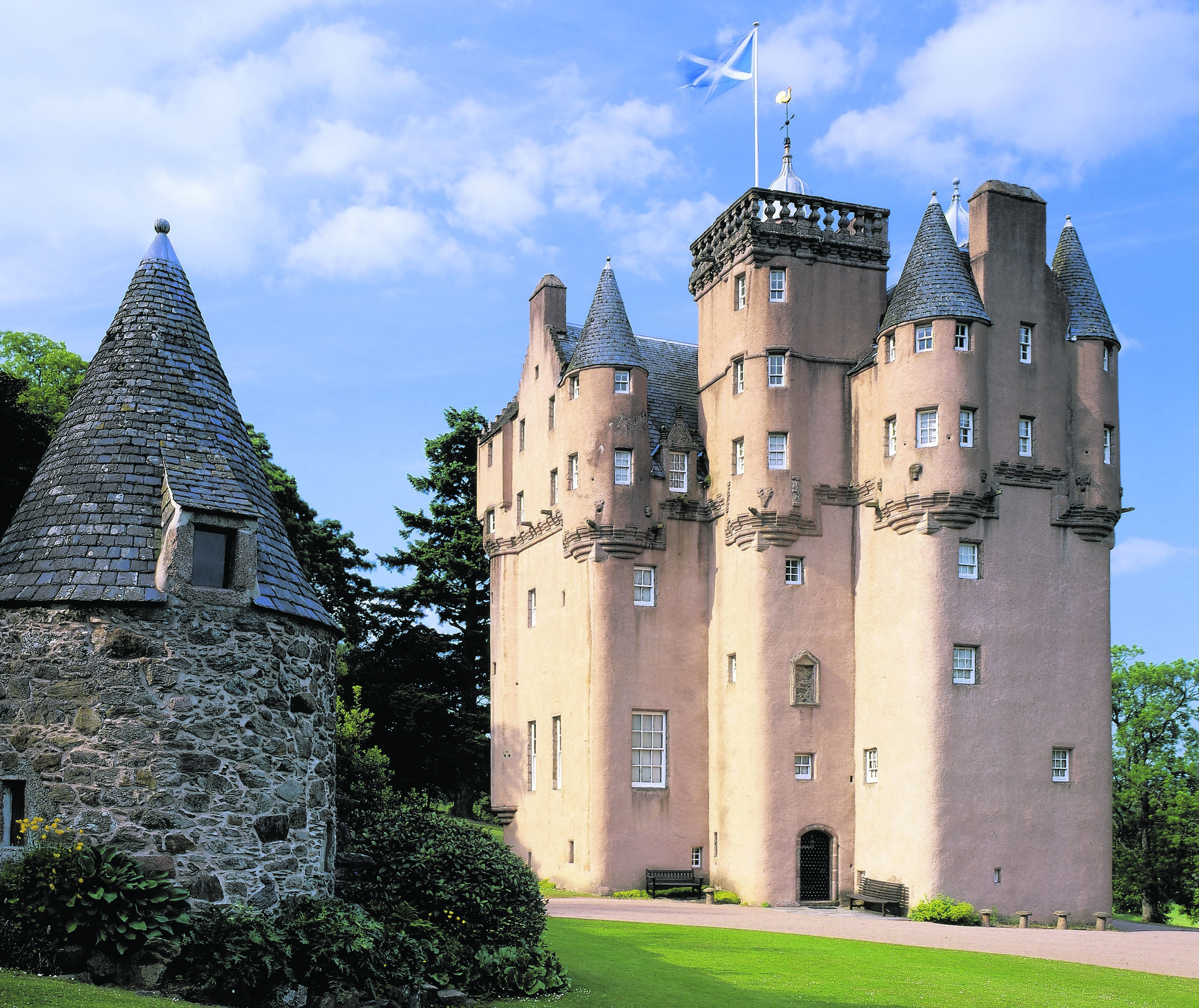A fairytale castle is having its fire protection beefed up amid concerns some parts of the landmark have been left vulnerable to a blaze.
The National Trust for Scotland has submitted a planning application for the installation of a new detector system at 17th century Craigievar Castle.
Considered one of the finest surviving examples of Scottish Baronial architecture, it is said to have been one of the inspirations behind the world-famous castle drawn by Walt Disney for Cinderella.
The property, six miles south of Alford, houses a fine collection of family portraits, original plaster ceilings, Jacobean woodwork and beautiful furniture.
The elaborate seven-storey, stepped tower-house was reopened to the public in 2010 after a two-year conservation project.
The application received by Aberdeenshire Council says additional detectors are required “to raise the level of fire detection to cover all the vulnerable areas” of the interior.
It is necessary to “replace the existing wireless fittings and incorporate additional fittings to cover areas of the castle previously left under protected”, it states.
“This would be undertaken as part of an upgrade to the entire system in order to bring it up to current acceptable standards.”
It gives an assurance that any additional equipment will be carefully positioned “so as to minimise both visual impact to any visitors and to also, more importantly, minimise any disruption to the historic interior.”
The application continues: “The use of wireless technology will avoid the need for intrusive wiring which would damage the historic fabric.”
A National Trust spokeswoman said the works were a “routine refresh” and part of a wider improvement programme across its properties.
She said: “We review our systems regularly. These standards change and are upgraded.
“We are just bringing everything up to where it should be.”
